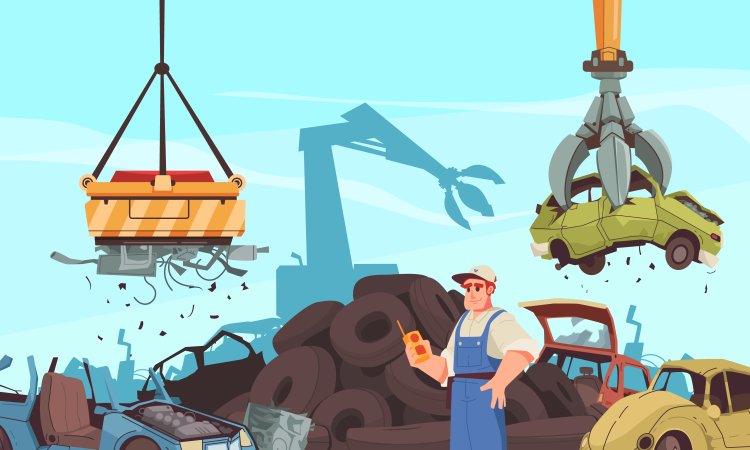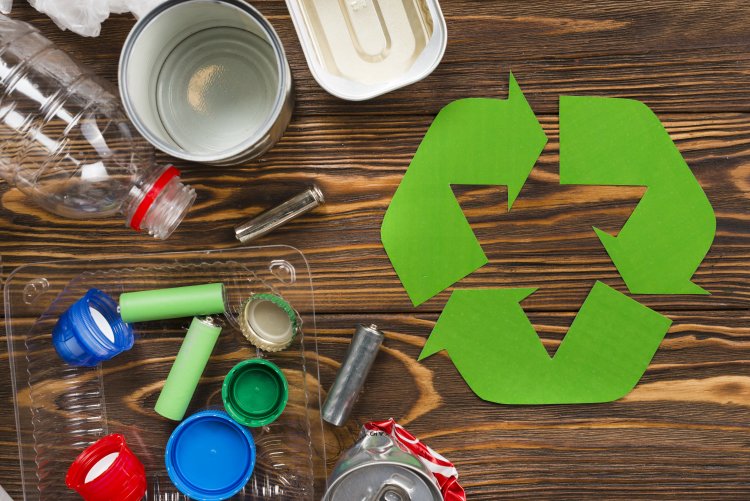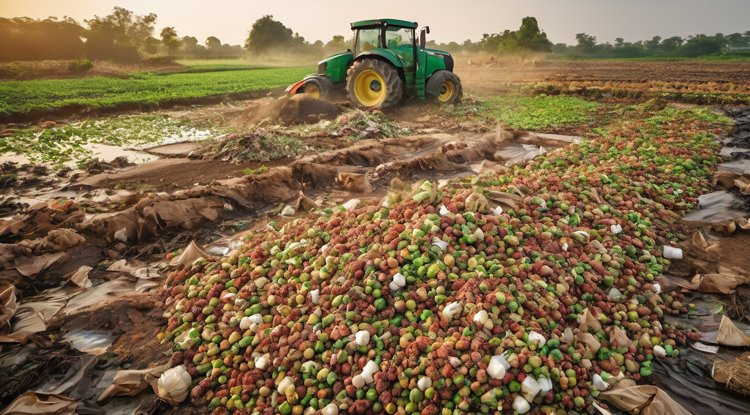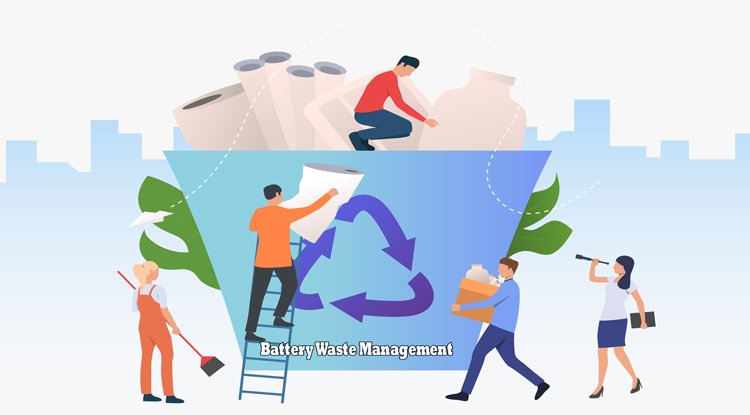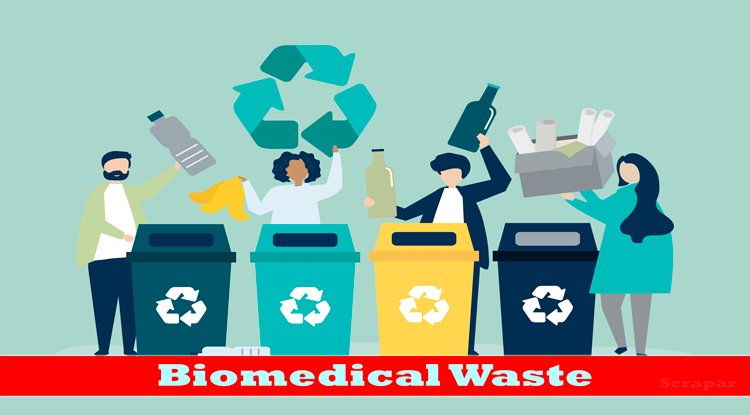The Hidden Treasure in Scrap: Unveiling the Potential of Recycling
Unlock the value of scrap with our insightful guide. Explore the economic, environmental, and social benefits of recycling scrap materials. From collection to reintegration, learn about the scrap recycling process and how it contributes to a sustainable future. Join the movement towards a cleaner, greener planet through responsible scrap recycling practices.
Introduction: In a world grappling with environmental challenges, one often-overlooked solution lies in the piles of scrap material that accumulate around us. Scrap, once seen as mere waste, holds immense potential for recycling and reintegration into the economy. Let's delve into the world of scrap and uncover its hidden treasures.
The Value of Scrap: Scrap materials, ranging from metals to plastics, represent a valuable resource that can be repurposed and reused. Metals, in particular, are infinitely recyclable, making them a sustainable choice for various industries. Additionally, recycling scrap reduces the strain on natural resources and minimizes the environmental impact of resource extraction.
Scrap Recycling Process: The journey of scrap from waste to resource begins with collection and sorting. Scrap yards and recycling centers play a crucial role in this process, where materials are sorted, cleaned, and prepared for recycling. Advanced technologies further refine these materials, ensuring they meet the stringent quality standards of modern industries.
Economic and Environmental Benefits: The recycling of scrap not only conserves resources but also generates economic value. It creates jobs in recycling facilities, stimulates local economies, and reduces landfill costs. Moreover, recycling scrap reduces greenhouse gas emissions and energy consumption compared to the production of virgin materials, contributing to climate change mitigation efforts.
Challenges and Solutions: Despite its potential, the scrap recycling industry faces challenges such as contamination, inefficient collection systems, and fluctuating market demands. Addressing these challenges requires collaboration among stakeholders, investment in infrastructure, and public awareness campaigns to encourage recycling behavior.
Empowering Communities Through Scrap: Scrap recycling has the power to transform communities by promoting sustainability and resilience. Initiatives that encourage scrap collection and recycling education empower individuals and businesses to participate actively in the circular economy, creating a cleaner and more prosperous future for all.
Conclusion: As we confront the pressing environmental issues of our time, the value of scrap as a sustainable resource cannot be overstated. By recognizing the potential of scrap materials and investing in recycling infrastructure and innovation, we can harness their power to build a more sustainable and resilient future for generations to come. It's time to unlock the hidden treasure in scrap and pave the way for a brighter tomorrow.
What's Your Reaction?







